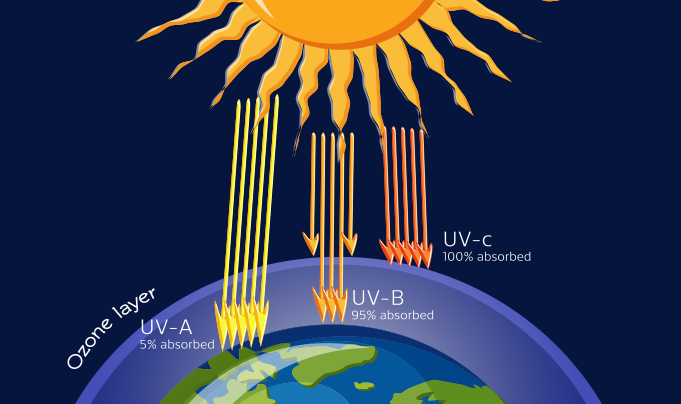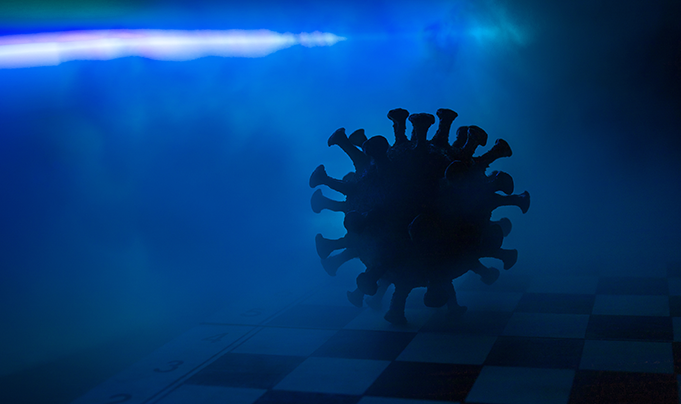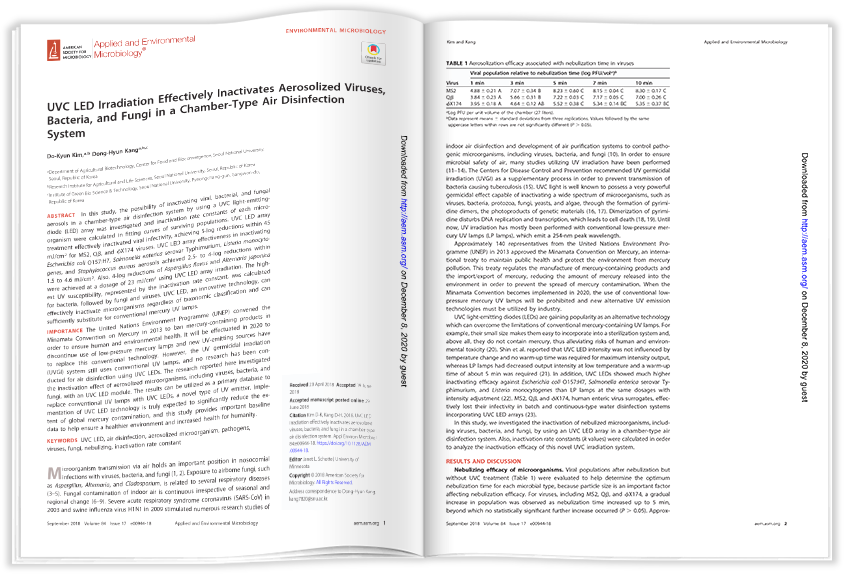UV rays are classified into three types, UV-A, B, and C, depending on the length of the wavelength. The UVC used by us destroys and kills the DNA necessary for proliferation in bacterial cell fluid.
UV-C is a short-wavelength LED developed for the main purpose of sterilization and is the most expensive product, so it has been applied only to some expensive air purifier products, and is the first to be applied to automotive (portable) products. By applying UV-C, bacteria and viruses under 0.3㎛ that can not be filtered by HEPA filter can be sterilized with UV-C.






